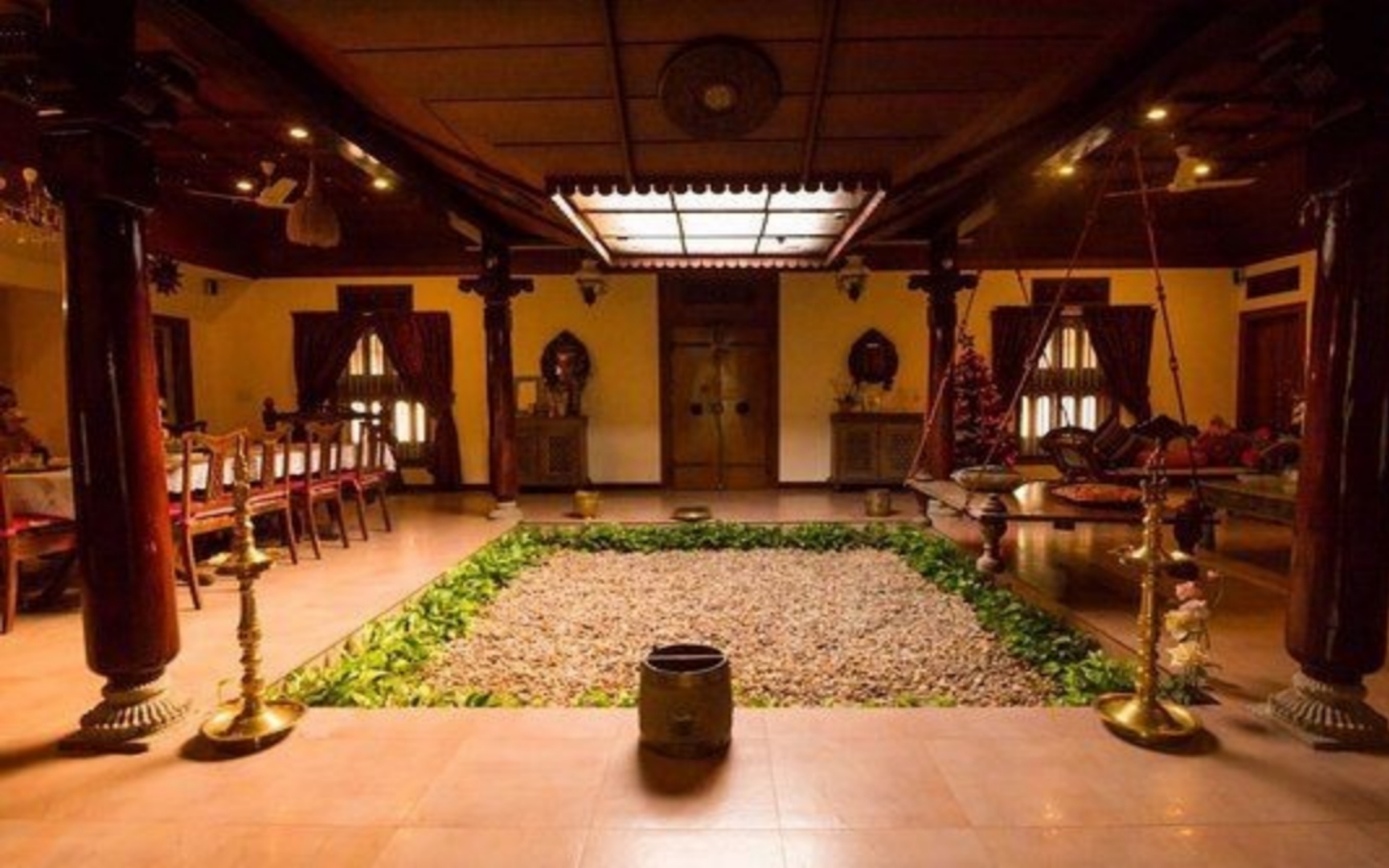Cardinal directions & Logical Reasoning
We have been discussing about the cardinal directions in the previous two articles. This is the concluding article on the importance of the cardinal directions. Let us, now, discuss the remaining directions with the ruling symbolic Gods and the spaces apt for usage.

Northwest (Vaayavya): Ruled by the wind God, Vaayu, it is a zone which is appropriate for the dining room, store, toilets, garages, washing areas, parking, etc. The Northwest direction of the home is powered by the wind element and is ruled by the planet moon. This direction is powerful and when the space is used following Vastu principles, it can help you build your career better. Any instability in this direction will create restlessness among the different residents.
Logical Reasoning: We all know that the Sun is in the Northwest direction after 6 pm, though it is not visible to us. This is the time for relaxation after the busy day and is majorly used to eat, relax and go to bed. So, this area can best be utilized as dining room, bedroom. This direction also gets heated up by the evening sun so it is suggested to be used for storage, granary, garage, septic tank, parking etc.

Southwest (Nairuthya): Ruled by the direction of the Rahu-Ketu and Pitra ancestors, Southwest direction is the conjunction point or corner of West and South direction and ideally known as Nairuthya corner or place of Demon. Southwest is considered inauspicious direction for constructing particular sections as per Vastu. However, this direction needs to be balanced with heavy material or weight to stabilize the energies and to yield positive results. It is suitable for the master bedroom, wardrobes, heavy items, staircase block, overhead tank etc. one should avoid making a well in this direction.
This direction cannot be extended or left for future expansion as it is a heavy direction which must be balanced with heavy weights to get benefitted from it. Southwest should always be kept higher than the other directions.
Logical Reasoning: The Sun is in this direction from the noon to 3 pm. This period is also called as Vishranti, the resting period. Hence, this is the best position for the master bedroom. Since the owner sleeps here, it also makes sense to place his valuables in this place. Therefore, accommodating safe in this direction will be a good idea.
However, the Southwest tends to get heated up by the reflected sunlight from the west. The intensity of the Infra-Red rays is remarkably high in the light of the afternoon Sun that is moving towards sunset. This is harmful for human beings. Hence, this region should have minimum doors and windows. It should also have extra thick walls, big trees with dense foliage and minimum open space which will obstruct the high intensity infra-red rays from entering the home. So, we should have wardrobes or a library on the West wall of the room to reduce heat.

Southeast (Aagneya): Ruled by the God of Fire, Agni, this direction is best for the placement of kitchen and electrical equipment. This essential zone should be free from Vastu defects to maintain good health. Southeast direction should only be used for fire related elements such as gas stove, electrical equipment, transformers, generators, invertors, refrigerators etc. It is not recommended to have toilets, septic tanks and underground water tanks in this area.
Logical Reasoning: The Sun is in Southeast direction from 7:30 to 9:00 am with its powerful Ultra-Violet rays. These rays have maximum germicidal effect during the morning time and hence when these rays fall on the kitchen counter, they help in eradicating all the germs from it. Hence, this is the ideal direction for locating the Kitchen.

Brahmasthan: Ruled by the Creator of the Universe, this direction is ruled by Lord Brahma. Let us now discuss another most important aspect in Vastu shastra. Although all aspects of Vastu Shastra are equally important, Brahmasthan is the principal zone of Vastu. As the name suggests, Brahmasthan is believed to be the domain of the creator of the Universe, Lord Brahma, and hence, is considered as the holiest and most powerful zone. It is the central zone of a building or structure. It is also known as the Energy Point of the house or building as all the directions of the house meet at the centre and spread positive energies in all the directions of the house. One ninth of the total area of a house is called Brahmatatva or the core centre of the Vastu. We can understand it like this, just as the navel has an importance and role in the human body, the centre of a house is equally important.
The core should be open and should not have any beam column or heavy articles. Just as applying pressure on the navel upsets the body functions, similarly pressure on the core results in lack of co-ordination and disharmony in the life of inmates. This can be understood very well with the houses made in the ancient times. They used to have a courtyard in the centre of the house and all other rooms were planned around it. This not only ensured proper ventilation and light in each room, but also proper flow of energy.
With this, we have talked about all the directions and their importance in our lives. As an architect, I would not suggest to blindly follow the placement of the rooms as per the directions but would suggest considering the reason behind it and then plan the areas accordingly. There obviously are the limitations while practically designing a space and we have faced many such limitations, but here comes the role of an expert, who can incorporate the rules of Vastu and make a great place to live in.

I am an Architect, Interior Designer and a Vastu Consultant, with more than a decade of experience in conceptualization, designing and construction of diverse architectural projects. An alumnus of IIT-Roorkee, I have a thorough background in architecture and interior designing with expertise in directing all project phases. My passion towards architecture inspires me to keep learning about various new trends yet following the age old traditions.
NEXT ARTICLE